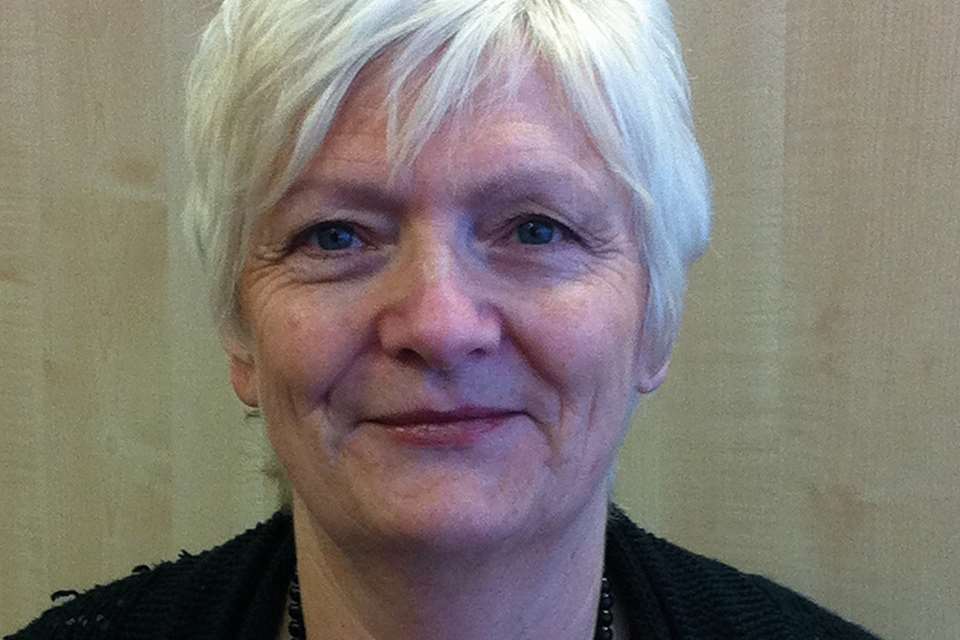Society's technological drive at odds with child development
Sally Goddard Blythe
Friday, September 8, 2017
Cuts to services are not the only reason children are not 'ready' for school, says Sally Goddard-Blythe.

This week the findings of a survey from 780 school leaders conducted in partnership with the Family and Childcare Trust has revealed that 83 per cent of those questioned thought there was an issue with school readiness; of these, 86 per cent thought that the issue had worsened in the last five years.
The most common reasons highlighted by school leaders for children not being school ready were:
- failure to identify and support additional needs early enough (67 per cent);
- parents having less available resources / pressure on parents and family life (66 per cent);
- reduction in local services to support families (63 per cent);
- reduction in local health services to support families (57 per cent).
24 per cent said that more than half their intake was not ready for school highlighting communication skills and physical development being particular concerns. Almost 88 per cent said inadequate school funding was a barrier to improving school readiness.
While cuts have contributed to reduction in services for pre-school children and parents, they are not the only reason for an increasing number of children starting school lacking basic communication, physical and self-care skills.
Twelve years ago, a study involving 672 children across six primary schools in Northern Ireland revealed that the motor skills of 48 per cent of five- to –six-year-olds and 35 per cent of eight- to nine-year-olds in the sample were immature and that there was a correlation between immature motor skills and lower educational performance using baseline measures of educational assessment. This study also showed the motor skills of an experimental group who followed a daily developmental movement programme in school under teacher supervision for one academic year, showed significant improvement.
Subsequent pilot projects carried out in schools in the Midlands (2013) confirmed a relationship between motor skills immaturity and lower SATS results. Despite this evidence and recommendations for physical development to be made a priority in the early years, provision and understanding of what children actually need in terms of physical opportunity remains inadequate.
Since 2005, we have also seen successive governments push parents to return to work and set targets for pre-school children in aspects of literacy and numeracy with little regard for, or flexibility to accommodate the developmental needs of children in the vital pre-school years. A ‘systems’ approach to both education and healthcare has upturned priorities with the result that rather than child or patient needs leading care, if needs or abilities do not match the system, it is the individual that is the problem.
Physical and communication skills develop from birth in the context of interaction and engagement. One example of this is the development of visual skills, essential to support all aspects of literacy, numeracy and co-ordination later on. There is more to vision than the sense of sight alone; coherent visual perception is the product of vision working together with other sensory systems entrained through the medium of movement. This is the physical process through which children learn to understand, distance, depth, timing and develop the sequential eye movements needed for reading.
Communication skills start to be learned before birth, as the foetus feels and responds to the sound of its mother’s voice, which acts an acoustic emotional and linguistic bridge between pre- and post-natal life. The infant must then learn to ‘tune in’ to speech sounds specific to the mother-tongue. This is done through a long process of listening, mimicking and practising sounds, long before and after intelligible speech emerges. This process involves having a receptive, sympathetic and responsive listener.
In other words, an adult with time to talk, listen, wait, reflect and respond to what the young child has to say. This is a very different process from entertainment provided by electronic media or where there are constant distractions.
Self-care abilities such as being toilet trained or being able to dress oneself also require the time and consistent dedication of an adult. Time pressure is one of the greatest enemies of parenting today.
An increasingly technology driven approach to living is at odds with young children’s primary biological needs for physical activity, experience and social engagement. Physical and social experience in real time and space are the building blocks for school readiness. Increasingly, parents under time and economic pressure do not have the time, resources, or in some cases know that real time engagement is an essential part of human development. Technology in partnership with a ‘systems’ drive approach to living is squeezing the physical development of children.
In my view, unless there is political and social will to embrace and nurture the biological and developmental needs of children within society, we will continue to see an increase in the number of children entering school without the physical, communication and social tools necessary to cope with the demands of the classroom. Money is not the only cause or the only solution.







